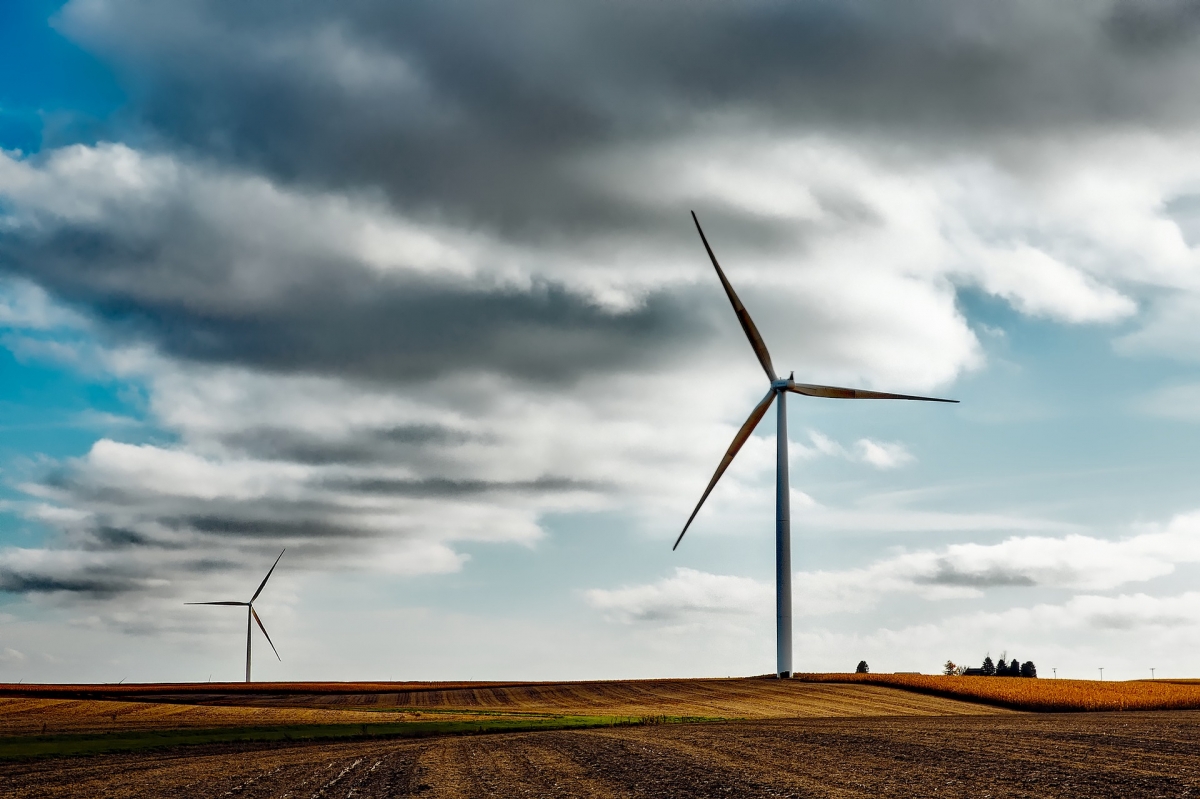The Tribal Energy Project, a U.S. Department of Energy (DOE) program, aims to advance renewable energy sufficiency on tribal lands through government assistance. This assistance is three-pronged, providing financial support, technical and legal assistance, and tribal education and training on renewable energies. The goal is to improve tribal economies by using land to create more sustainable energy pathways that bolster the tribal community and create jobs within tribal nations.
The Tribal Energy Project promotes the use of renewable energies on tribal lands; however, tribal lands also hold a large amount of non-renewable energies, accounting for more than ten percent of U.S. onshore energy. The U.S. Department of the Interior (DOI) also estimates around 15 million additional acres of untapped energy resources on reservations. These numbers show that non-renewables should be a profitable industry for tribes—however, historically, this has not been the case. Typically, to explore, extract, and refine non-renewable energies, tribes must rely on outside companies. These companies tend to profit more than the landowners, and the process of extraction is often extremely detrimental to tribal land. Many tribes associate their well-being with the well-being of their land, so when their land is struggling from the impacts of extraction, the tribe suffers.
 As a result, when introducing the Tribal Energy Project, DOE focused exclusively on renewable energies. DOI found that 118 reservations could produce biomass, while dozens of others had enough land for wind turbines and solar fields. As the whole, tribal lands hold roughly 14% of the United States’ wind potential for electric generation. While tribal land makes up only two percent of U.S. land, it contains almost five percent of all renewable energy resources. Renewable energies in tribal lands have been a virtually untapped industry and could create an immense amount of energy production, as well as generate profit for tribes.
As a result, when introducing the Tribal Energy Project, DOE focused exclusively on renewable energies. DOI found that 118 reservations could produce biomass, while dozens of others had enough land for wind turbines and solar fields. As the whole, tribal lands hold roughly 14% of the United States’ wind potential for electric generation. While tribal land makes up only two percent of U.S. land, it contains almost five percent of all renewable energy resources. Renewable energies in tribal lands have been a virtually untapped industry and could create an immense amount of energy production, as well as generate profit for tribes.
Through the Tribal Energy Project, the federal government has funded hundreds of renewable energy projects, boosting both tribal and national economies. By attending technical and educational programs, tribes are learning how to create and manage their own energy extraction points without having to hire another company to do it for them. This program has created jobs and boosted energy production, providing a step in the right direction toward environmental justice for tribal nations.
Despite its successes, the program faces several roadblocks in implementation. Challenges remain in permitting and decisionmaking processes related to the National Environmental Policy Act and the National Historic Preservation Act, as well as tribal consultation processes. Additionally, while financial assistance is typically a positive, there are many obstacles in working with both the public and private sector for funding.
To learn more about the challenges and future opportunities for the Tribal Energy Project, join ELI and a group of expert panelists for our July 8 webinar, Tribal Energy Project Development (ELI Master Class). The program will provide further background and updates on the Tribal Energy Project, and discuss ways to overcome current challenges to create a well-rounded and more beneficial program for tribal nations.
